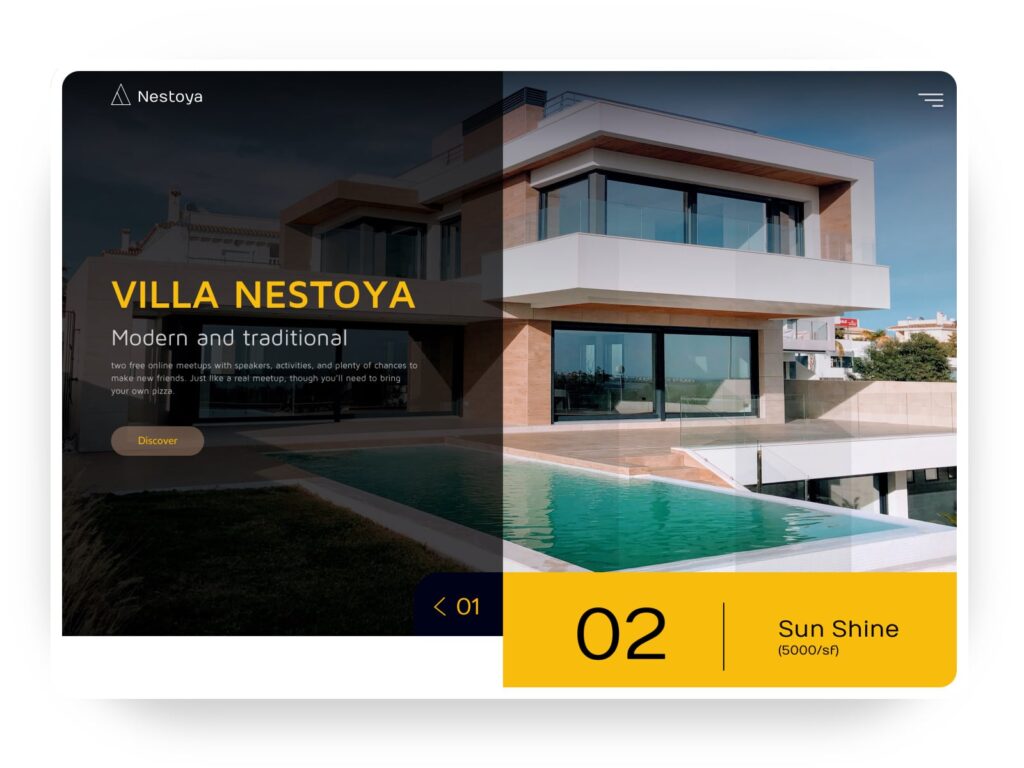Web design is more than just creating a visually appealing website. It involves a complex process that integrates creativity, functionality, and user experience (UX) to produce an effective digital presence. Whether you’re a business owner, an agency, or simply curious about the web design process, this article will break down how web design works and why it’s essential to get it right.

The Power of Web Design
In today’s digital age, your website is often the first impression potential clients or customers will have of your business. A well-designed website can make the difference between a visitor staying to explore or leaving after a few seconds. But what makes a web design effective? Academic research in human-computer interaction (HCI) has shown that users form an opinion about a website within 50 milliseconds of landing on it. This emphasizes the importance of a well-crafted user interface (UI) and overall design.
Fun Fact: Did you know that 94% of first impressions on websites are related to design? That’s why investing in quality web design isn’t just an option—it’s a necessity.
The Basics of Web Design: More Than Meets the Eye
1. Understanding the Purpose
Every website starts with a purpose. Whether it’s to sell products, provide information, or create an online community, the design must align with the site’s goals. A clear purpose guides the entire design process, ensuring that every element serves a function.
2. Planning and Research
Before any design work begins, research is essential. This includes understanding the target audience, competitors, and industry trends. For example, a website for a children’s toy store will have a different design approach compared to a corporate consulting firm. The planning phase involves creating wireframes and mockups that outline the site’s structure and flow.
3. User Experience (UX) Design
UX design focuses on creating a seamless and intuitive experience for users. It’s about making the website easy to navigate and ensuring that users can find what they’re looking for without frustration. This involves organizing content logically, designing clear menus, and ensuring that the website is responsive across different devices.
4. User Interface (UI) Design
While UX is about the overall experience, UI design is about the visual elements. This includes choosing the right colors, fonts, and imagery to create an appealing look. A good UI design also considers accessibility, ensuring that the site is usable for people with disabilities.
5. Development: Bringing the Design to Life
Once the design is finalized, it’s time to bring it to life through coding. Developers take the static designs and turn them into a functioning website. This phase involves using languages like HTML, CSS, and JavaScript to build the site’s front-end, while back-end development handles databases and server-side functions.
6. Testing and Launching
Before a website goes live, thorough testing is crucial. This ensures that all elements work correctly, the site is responsive on all devices, and there are no bugs. Once testing is complete, the site can be launched, but the process doesn’t end there.
Fun Fact: Even after a website is launched, designers often monitor its performance and make
The Role of a UI Designer: Why You Need a Professional
A UI designer plays a crucial role in the web design process. They are responsible for crafting the visual elements that users interact with. A professional UI designer knows how to balance aesthetics with functionality, ensuring that the design is not only beautiful but also user-friendly.
If you’re looking to hire a professional UI designer, platforms like Upwork offer access to experienced designers who can help bring your vision to life. Whether you need a new website, a mobile app, or a custom logo, hiring a skilled UI designer can make all the difference in the success of your project.
The Importance of Collaboration
Web design is a collaborative process that involves designers, developers, and clients working together. Clear communication and feedback are essential to ensure that the final product meets the client’s expectations and serves the intended purpose.
Conclusion: Your Next Step in Web Design
Web design is a multifaceted process that involves careful planning, creativity, and technical expertise. From understanding the purpose of your site to the final launch, each step is crucial in creating an effective online presence. By working with a professional UI designer, you can ensure that your website not only looks great but also provides a seamless experience for your users.
Ready to elevate your online presence? Hire a professional UI designer on Upwork today and take the first step toward a website that truly works for you.
Visit My Upwork Profile
